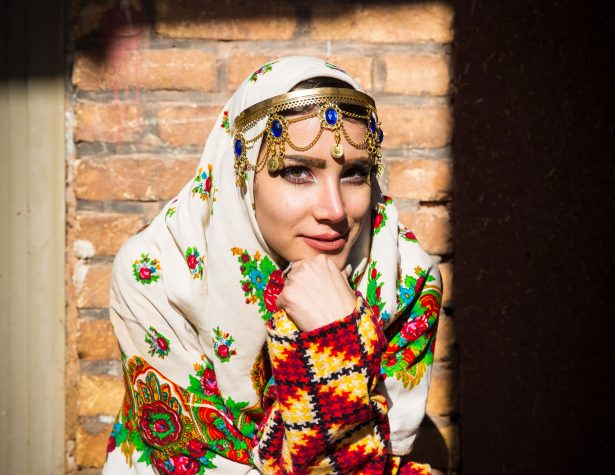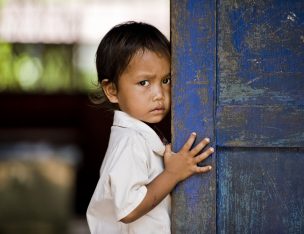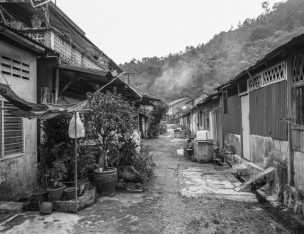Ubon Ratchathani was founded as a provincial capital city by Thailand in the 1700s. Lao royals that fled to the township that was then known as Ban Huai Chae Ramae after a skirmish with the Laotian king settled here and with Thailand’s King Rama I’s help, raised it to the city of Ubon Ratchathani in 1792.
With only the Mekong river separating the nearest Laotian town of Pakse and the crossing at Thailand’s Chong Mek township, there is a mix of Laotian, Khmer and Mon influences in the local Thai culture here. People here speak a dialect of Lao that is widely understood and the food here is a melting pot of the region’s influences, trickled down through the centuries.
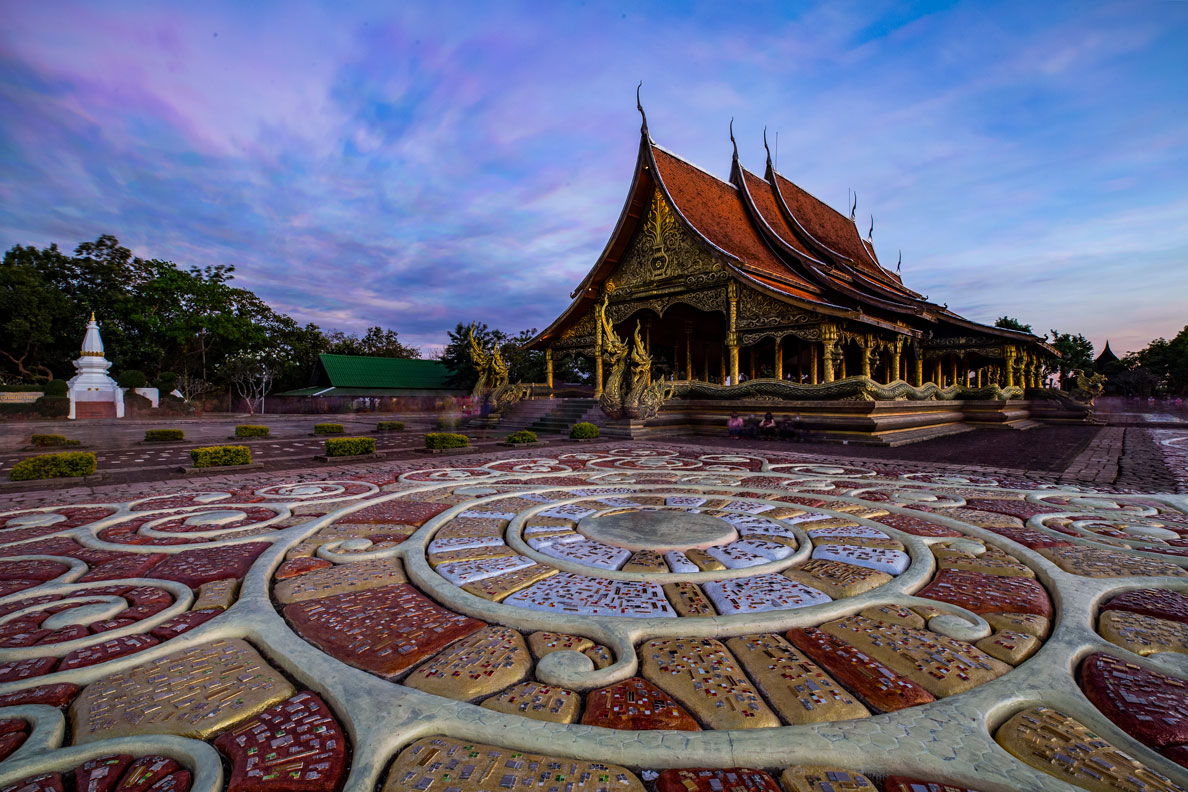 Wat Sirindhorn Wararam
Wat Sirindhorn Wararam
Wat Sirindhorn Wararam also known as Wat Phu Prao is a picturesque temple that sits on a promontory overlooking the valley below. Known for its luminescent paint that absorbs daylight and glows in the dark after night falls, it attracts throngs of locals for its sunset views, especially during the Thai New Year.
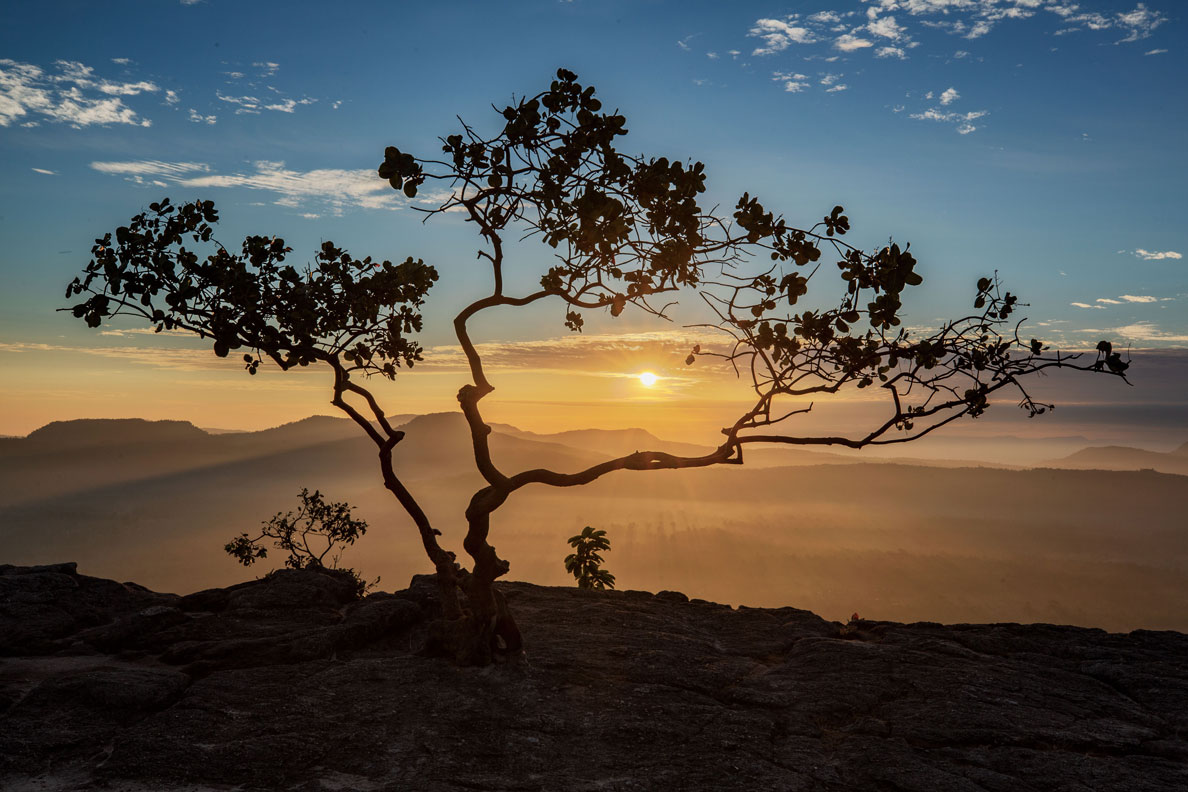 Sunrise @ Pha Chana Dai
Sunrise @ Pha Chana Dai
The sunrise at Pha Chana Dai is one of the best places to catch the first rays of sunrise within the kingdom of Thailand.
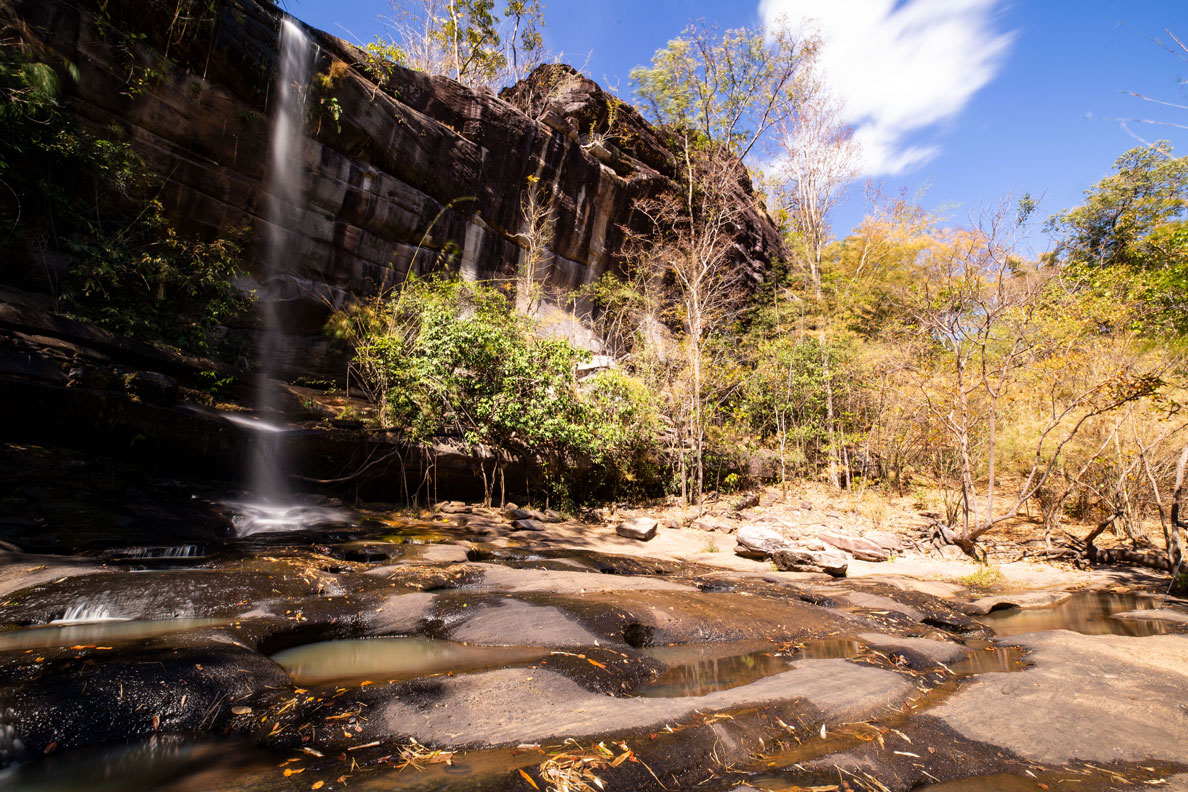 Namtok Soi Sawan
Namtok Soi Sawan
Ubon is home to a few national parks, none more famous than Pha Taem with its mushroom rock formations, and 3000 year old rock paintings. It is also home to numerous beautiful waterfalls, such as Namtok Soi Sawan.
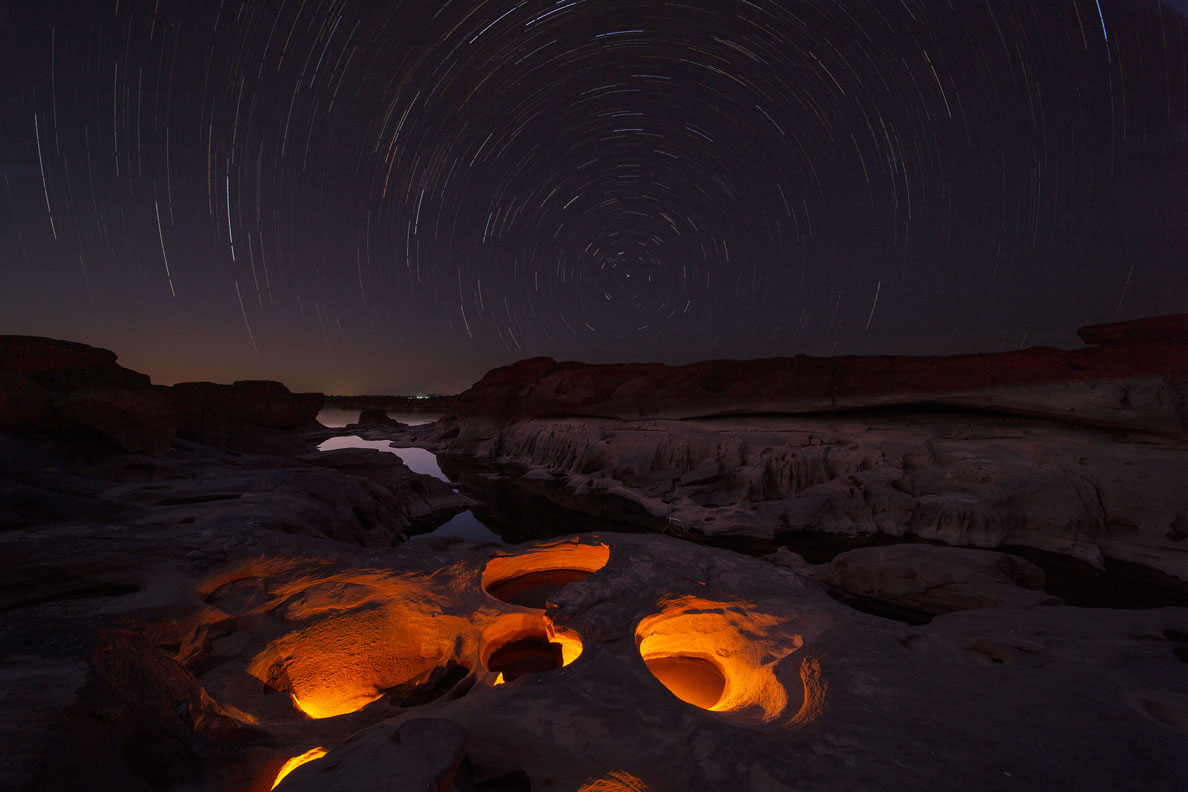 Sam Phan Bok Rock Formations
Sam Phan Bok Rock Formations
Travel further up north along the Mekong and you come by Sam Phan Bok, also known as the grand canyon of Thailand. One finds a myriad of eroded rock formations and portholes that gets flooded at certain times of the year when the Chinese releases its dam waters further up north the Mekong. Other times, its a huge tourist attraction and popular instagram spot with Mekong boat tours, food stalls and the occasional astrophotographer.


